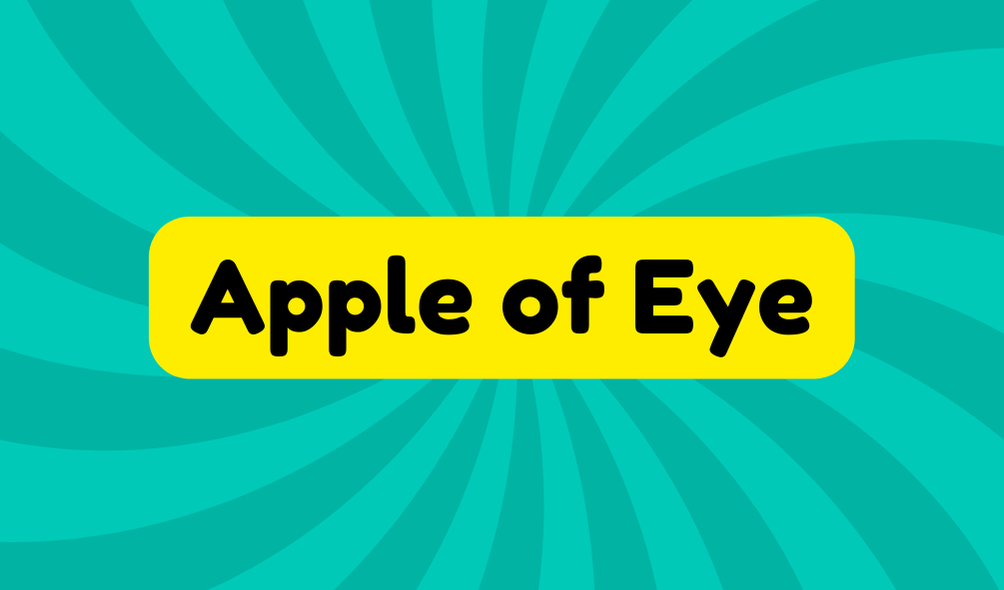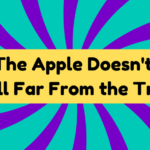The phrase "apple of the eye" refers to something or someone cherished and highly valued. Its origins trace back to Old English, first noted in the writings of King Aelfred in 885 AD. It has been used by notable figures like Shakespeare and appears in the Bible. While often used in affectionate contexts, it risks losing its significance if overused. Understanding the phrase's history and usage can enhance one's communication skills and emotional expression. More fascinating insights await.
Synonyms
Synonyms for the phrase "apple of the eye" reflect the depth of affection that one feels towards a cherished person or object. Recognizing these terms can enhance one's expression of emotional attachment through language. Here are three significant synonyms for affection:
- Cherished one: Emphasizes the significance of a beloved individual.
- Beloved: A timeless term of endearment showcasing deep love.
- Treasure: Highlights the value placed on a person or object.
These alternative terms embody varied nuances of intimacy, reminding users of the complexities inherent in affection and the importance of choosing words wisely.
Example of Sentences
The phrase "apple of the eye" serves as a vivid illustration of the affection people can hold for others or treasured items. This term features prominently in affectionate phrases, reflecting individual values and relationships. Consider these sentence variations:
- "Her youngest daughter is the apple of her eye."
- "James always considered his childhood dog the apple of his eye."
- "The beautiful painting in the living room is truly the apple of his eye."
Such expressions highlight emotional connections and attachment, reinforcing the significance behind this popular idiom. Understanding its context can deepen appreciation for such heartfelt language.
Origin
The origin of the phrase "apple of the eye" reveals a blend of historical usage and linguistic evolution that may pique the curiosity of many. Initially referring to the central part of the eye, it surfaced in Old English in 885 AD through King Aelfred's writings. Significantly, Shakespeare employed it in "A Midsummer Night's Dream" in 1600, and it was included in the 1611 Bible translation. The cultural significance escalated further with Sir Walter Scott's "Old Mortality" in 1816. Despite its romantic connotation, one must ponder whether its historical context truly aligns with contemporary understanding and affection.
Collocations
Moving from the historical implications to practical usage, collocations associated with the phrase "apple of the eye" reveal insight into how language continually evolves. Remarkably, certain combinations shed light on both emotional resonance and contextual relevance, such as:
- Cherished individual – Highlighting deep affection.
- Vulnerable possession – Emphasizing protection and care akin to eye care.
- Dearest relation – Signifying familial bonds, often likened to an apple tree bearing fruit.
These phrases amplify the inherent meaning while prompting critical thought regarding societal values. Recognizing these collocations encourages readers to assess how language reflects both affection and the complexities of human relationships.
How to Use in Everyday Language
Using the phrase "apple of the eye" in everyday language can enrich communication, offering a way to express affection and favoritism. This idiom adapts beautifully in various usage contexts, making it suitable for both personal and professional interactions. While it can convey warmth, caution is advised; overuse may dilute its impact or seem insincere. Affectionate phrases like this can transform mundane descriptions into heartfelt acknowledgments, yet individuals should remain aware of their audience. Ultimately, employing such expressions mindfully guarantees genuine connection, rather than mere linguistic ornamentation, reminding speakers that language is a powerful tool in building meaningful relationships.
Why Is It Still Relevant Today?
While many might assume that phrases like "apple of the eye" have faded into obscurity in today's fast-paced world, they actually continue to hold significant relevance in contemporary language. This phrase transcends time, showcasing its enduring cultural significance and emotional connection. In an era where relationships often feel superficial, expressing deep affection using such idioms can foster genuine bonds. The phrase encapsulates treasured values, providing an accessible way to convey meaning. By bridging historical context with modern sentiment, "apple of the eye" serves as a reminder of what truly matters, urging individuals to cherish the most important people and things in their lives.







